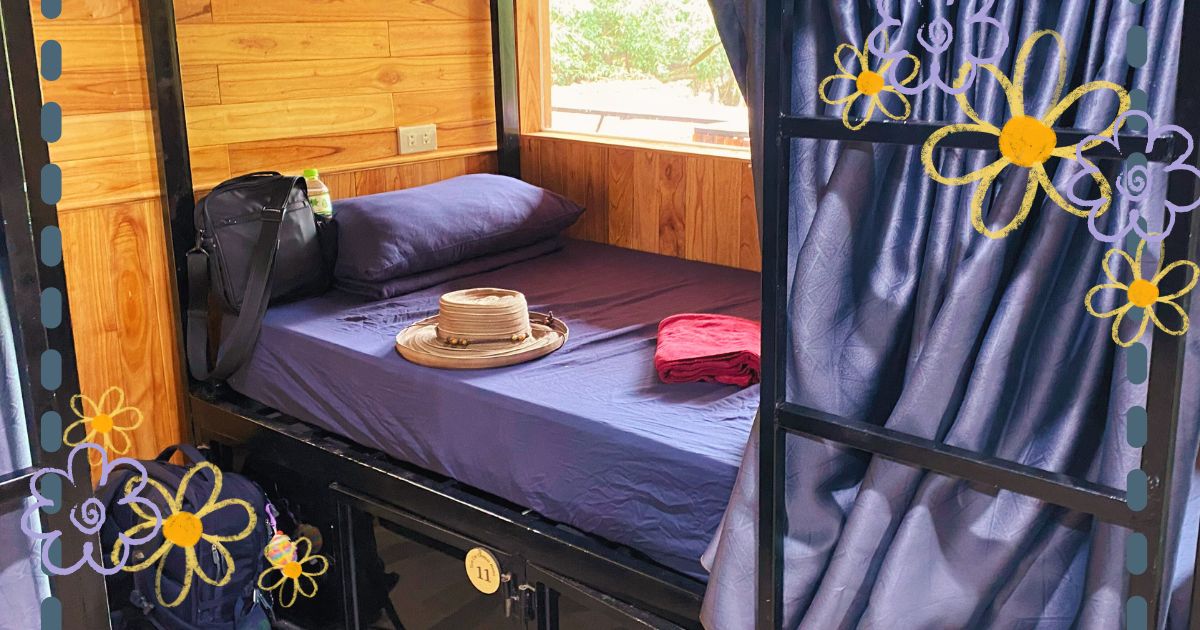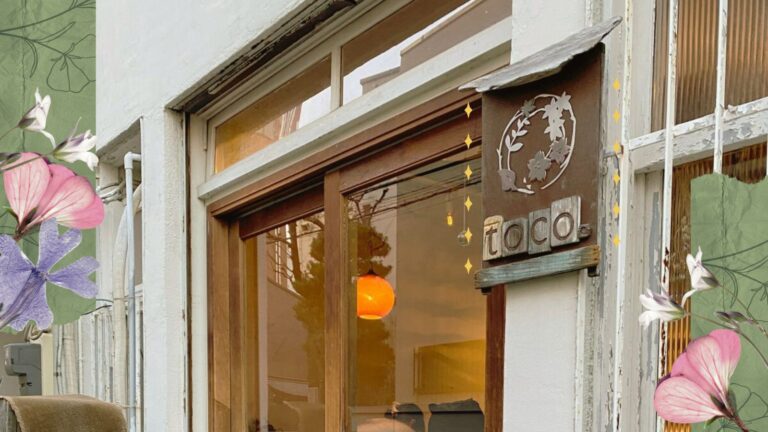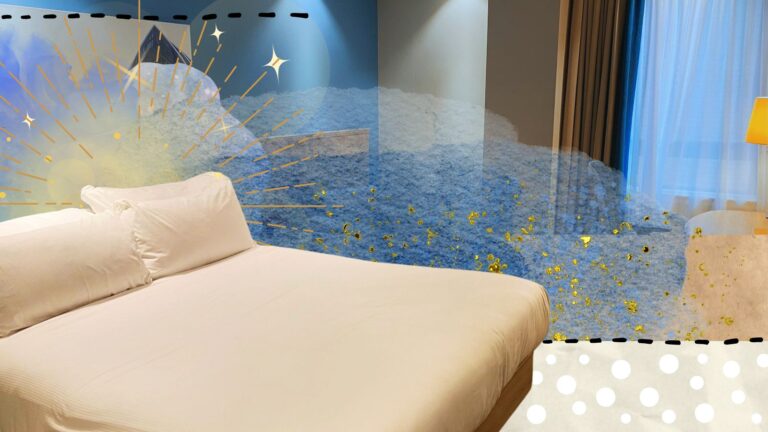Guide to Southeast Asian Hostels for First-Time Backpackers
Southeast Asia is an amazing place to backpack! It’s overall safe, full of fun things to do, and it’s not as expensive as some other destinations (*cough* Europe *cough*). The Banana Pancake trail is still going strong partly because the hostels are so affordable and are so tapped into the local tourist scene, and honestly I think staying at a hostel is a huge part of the experience.
If you’ve never stayed in a hostel before, or if you’ve only stayed in European or American hostels, then you might be wondering what Southeast Asian hostels are like. Well, I’ve personally stayed at hostels all across Southeast Asia (in Thailand, Malaysia, Singapore, Laos, Vietnam, Cambodia, Indonesia) and I can say that while they’re very similar to hostels elsewhere in the world– there are some region-specific quirks!
Here’s a guide to what a typical Southeast Asian hostel is like, if you’re curious on what to expect before you arrive. I’ll go over the rooms, the shared spaces, typical amenities and how to find a hostel that you’ll enjoy staying at!
Just Gone Wandering is supported by readers! This post contains affiliate links. If you click on a link and buy something, I get a small percentage at no extra cost to you. Your support helps keep this blog running— thank you! Read full disclosure here.
Editor’s tip
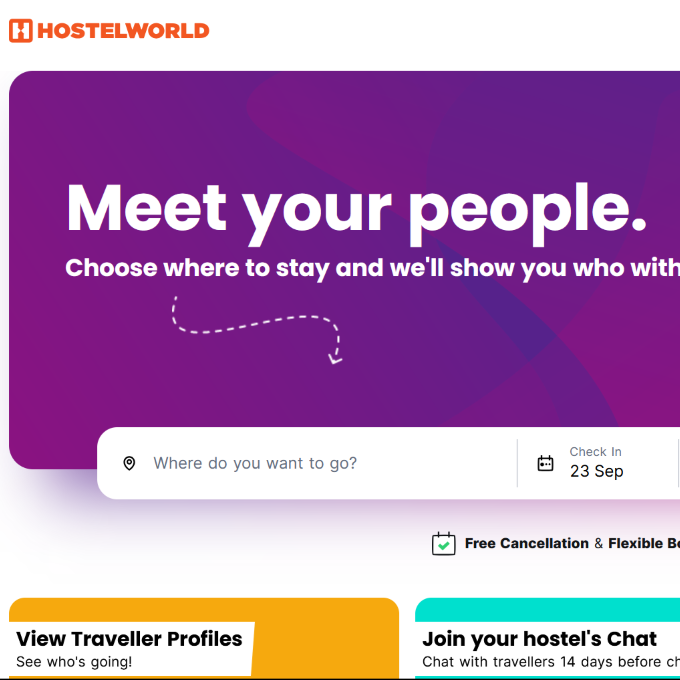
Book Hostels Online with Hostelworld
Easy to use to find nice hostels with friendly staff! And once you book a stay you get access to a city-specific chat where you can meet other travelers and make plans to hang out. I always check Hostelworld for every city I visit and I highly recommend adding it to your nomad toolkit.
What are the dorms like?
Types of rooms
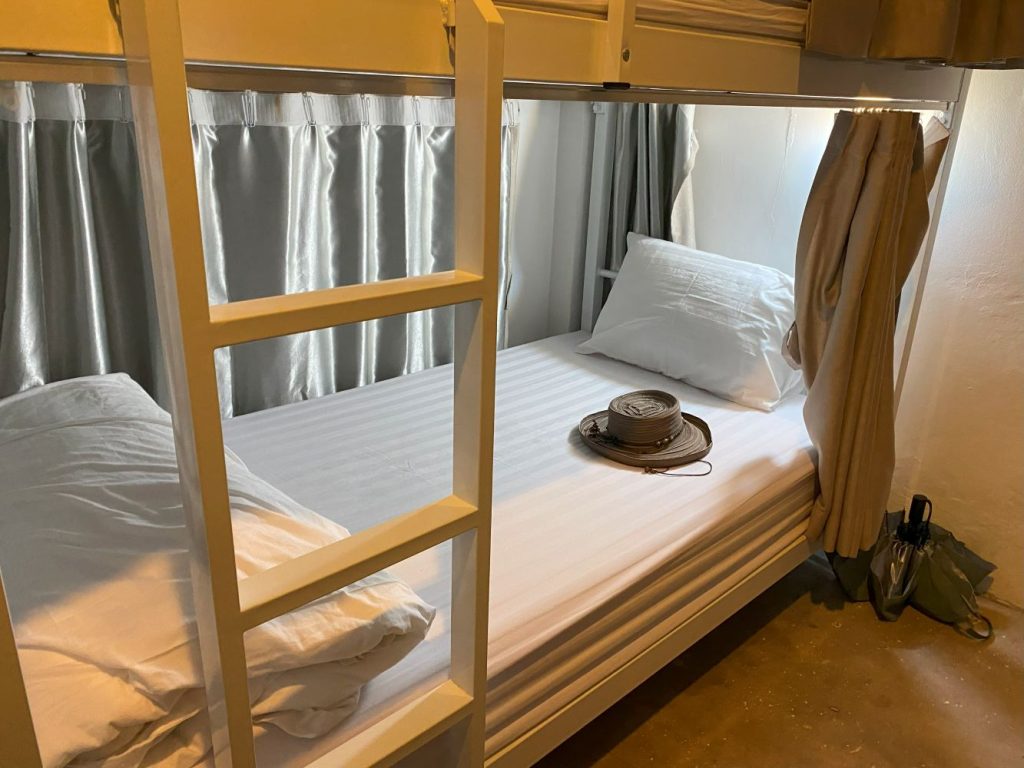
The big question: what kind of rooms do Southeast Asian hostels have?
Well, like all hostels, they typically have a shared dorm with a bunch of bunk beds. The bunk beds may or may not come with privacy curtains (be sure to check reviews before you book if that’s important to you).
Dorms can be mixed gender or female-only, and they can range in size from a mere 4 beds up to 24+ beds. Generally the more beds in a dorm, the cheaper the cost per night. I’ve also found that female-only dorms cost a few dollars more. Usually that’s because they’re smaller dorms, but not always– some unscrupulous hostels just charge a bit more for kicks.
So, for instance, a 12 bed mixed dorm might be $10, a 24 bed dorm $5, but a 10 bed female-only dorm would be maybe $12.

I always try to book female-only dorms when I can because I prefer it (partly for safety, partly because women just usually make better roommates) and luckily I’ve found that most hostels in SEA have them available.
Besides the dorms, many hostels also have private rooms. These are individual rooms just for you, and it may have an ensuite bathroom– but more typically you’ll have access to the shared bathrooms the rest of the hostel uses.
These private rooms cost more than dorms, but in SEA they tend to not be overly crazy with the price difference. For example: if a 12 bed mixed dorm is $10, a private room might be $24. If you’re traveling with someone it often makes more sense to just get a private room because it only costs a little bit more.
Also, the nightly price comes with linen and pillows included, though you might have to make your own bed.
Tip: I run hot and the dorm air con never seems to get cool enough, so I take a silk sleeping bag liner with me and use that as a top sheet rather than the thick duvet most hostels provide. It’s saved my bacon so many times!
Air conditioning
Both dorms and private rooms typically have air conditioning (which you’ll need in most places if you aren’t used to the heat) BUT some very very cheap places have fan-only dorms if you’re desperate to save money.
In general, the air con is limited to the rooms and the common areas. The bathrooms won’t have air con, which can be jarring.
Bathrooms
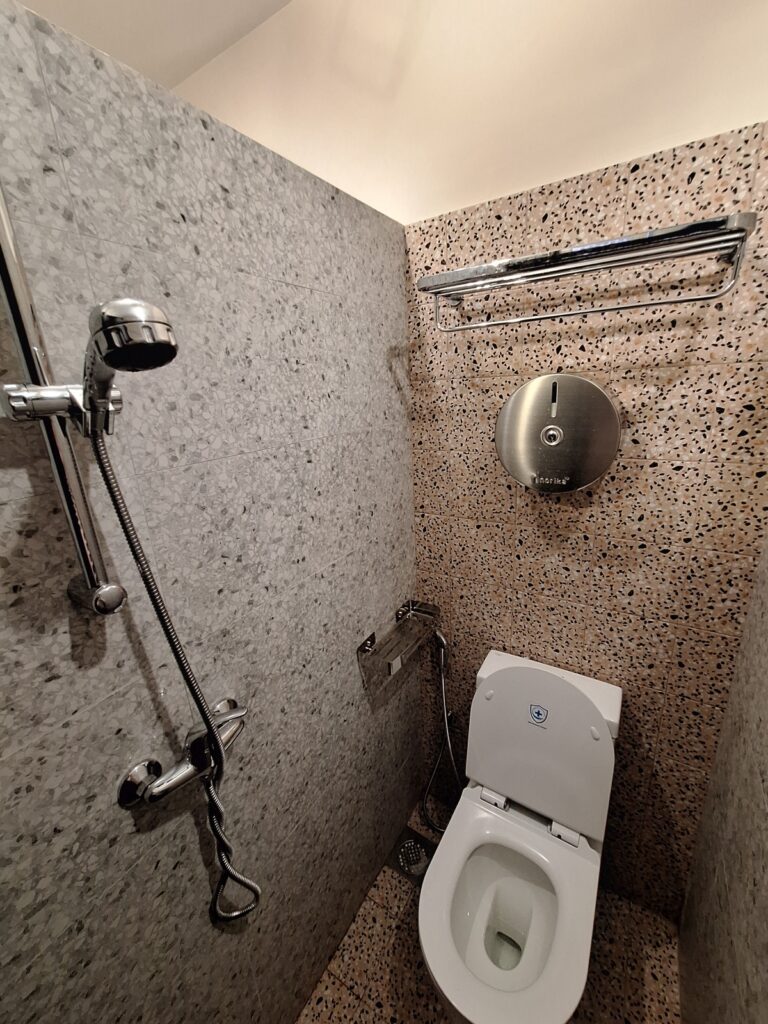
Hostels have shared bathrooms! This includes toilets, showers and sinks. Sometimes you’ll have a separate bathroom just for women.
A unique thing to Southeast Asian hostel bathrooms is that the toilets are often in the same stall as the shower. This takes some getting used to, and I’m still not happy about sitting on a wet toilet seat. I suppose it does save on space, though.
Generally the showers will be hot, but sometimes the hot water runs out fast. Check reviews to see what people say about the water temperature, because it’s typical that they’ll run cold most of the time. In an un-air conditioned bathroom, a cold shower can actually be nice!
Hostels in Southeast Asia typically don’t provide bathroom amenities like shampoo, soap, etc. so it’s best to bring your own.
Speaking of amenities…
What are some typical amenities?
Breakfast
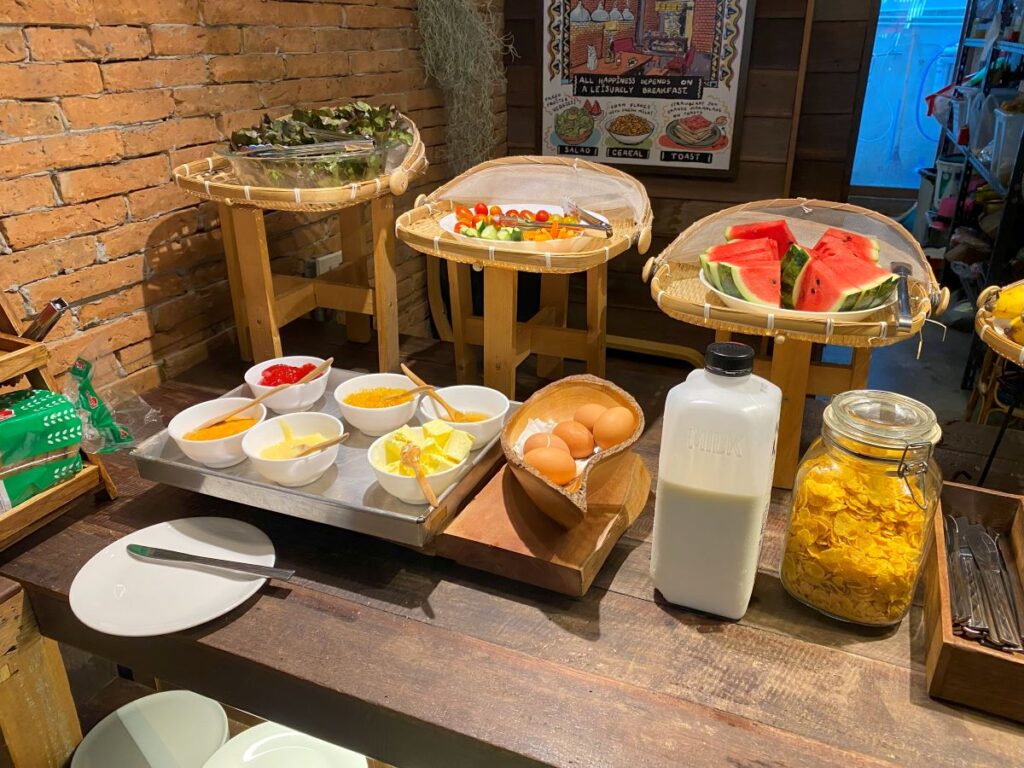
While Western European hostels have slimmed down their included amenities quite a bit, Southeast Asian hostels still have a good amount of free stuff. For instance, you still get breakfast in most hostels! Sure, it might only be toast and coffee, but at least it’s something.
Some hostels give you quite a bit more, like a cooked breakfast! Hostels in Thailand and Laos had particularly good breakfast offerings. One hostel I stayed at in Chiang Mai even had made-to-order eggs for guests!
If you’re in a really nice hostel, the free breakfast will be the famous banana pancake! Otherwise you usually can buy a cheap ($2-5) breakfast from the hostel’s on-site restaurant.
I even stayed in a hostel in Indonesia that included free breakfast AND dinner!
Towels
Towels for guests are about 50/50: either they’re included and free with your room price, or you have to rent them. However, the rent price is VERY cheap, usually under $1 USD.
If you want to save as much money as you can, you can always just bring your own towel– but it’s almost not worth the hassle because you’ll pay maybe $5/month at the most to rent them anyway. I recommend saving the space in your bag for something else, like a bag of coffee from Vietnam maybe.
Wifi & Internet, etc.
All the hostels I stayed at had wifi (in fact, I chose them because they had wifi) and some had computers for guests to use. Wifi speed varies in each country– plus you’re sharing the connection with the whole hostel, so if everybody’s using it at once then it can be slow. But generally I found it okay to do most things: stream videos, upload photos to Instagram, work on my blog, etc.
They might also have a book exchange and free city maps. If you prefer paper over digital books, then looking for a hostel with a book exchange is a good idea.
What are the shared spaces like?
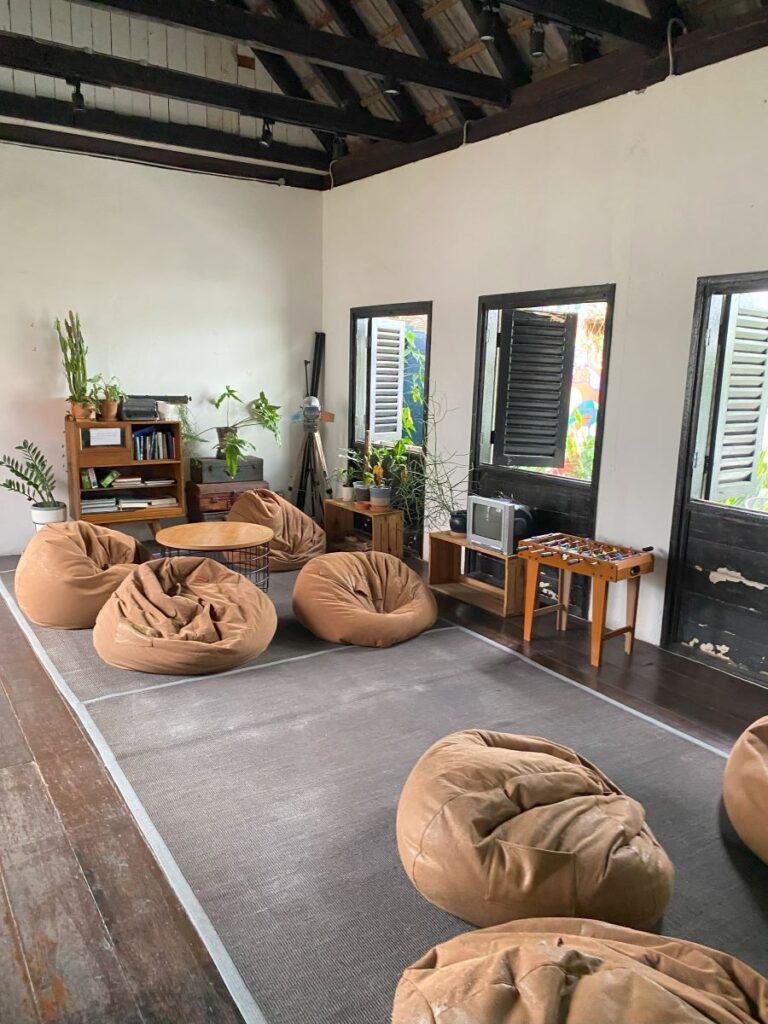
One of the reasons I stay in hostels is because of the shared spaces. The better hostels have a kitchen that guests can use, which is key to making my own meals in places where I don’t want to spend money eating out. If there isn’t a proper kitchen with a burner, most hostels at least have a kitchenette with a microwave, hot water kettle, and a fridge for guests.
There’s also the common areas: a large room somewhere in the hostel where guests can meet and talk! You wanna make friends on the road? Go to the common areas and strike up a conversation.
All the hostels that have had a good, friendly set of people to talk to have decided common areas for guests in a central location, with comfortable seating and tables. If it’s a priority for you to meet people, then check the reviews and photos of the common spaces in the hostel to see if they’re decent.
What kind of activities are available?
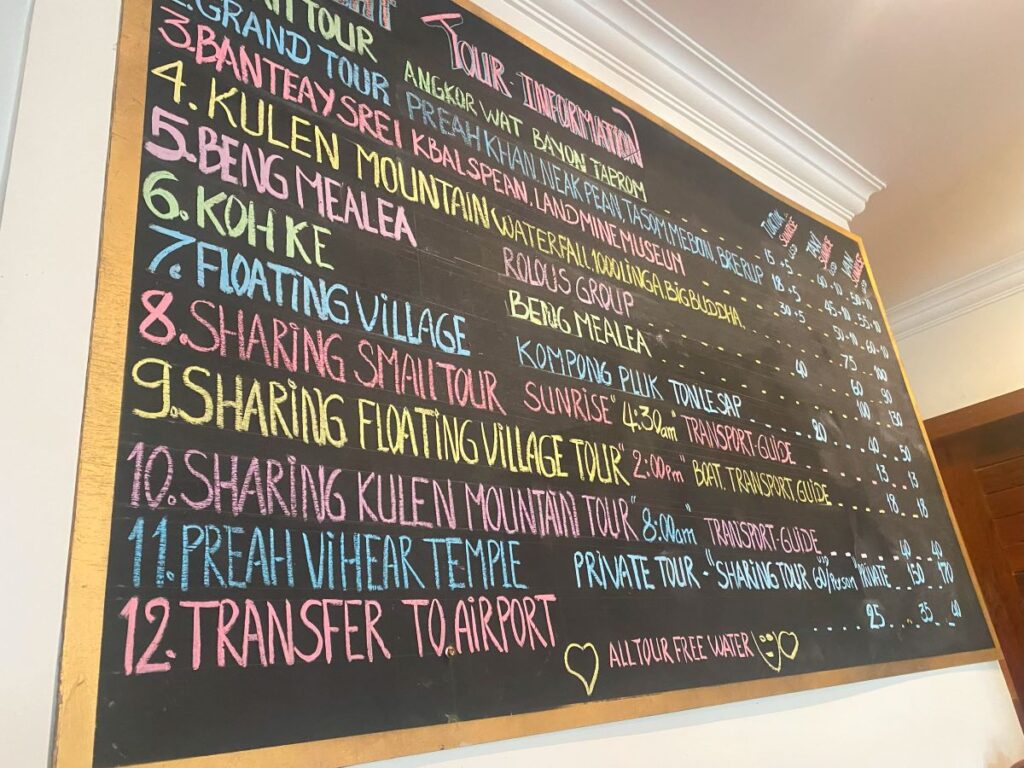
The types of activities a Southeast Asian hostel offers depends heavily on where you are and what type of hostel you go to. Generally, bigger hostels in bigger cities will have more activities because they have more staff. Smaller hostels, or hostels in smaller cities, will have less available.
I’ve found that SEA hostels tend to be VERY connected with tour agencies, more than hostels in the US or Europe. At the very least, 99% of them have a connection to a local tour agency and they can hook you up with discounted day tours, transportation to local tourist sights, and stuff like that.
They may also do tours themselves, either as part of their own travel agency or as a hostel amenity. If it’s part of their travel agency, it usually costs something (but cheaper than other places). If it’s a hostel amenity, it’s free!

Hostel tours are some of the best ways to see a city and meet other people. Since you’re all staying in the same hostel, it makes it easy to meet up afterwards and go sightseeing somewhere else!
For instance, I did an amazing food tour in Jakarta through the hostel. The tour was free, and we only had to pay for the food. I also made a really good friend on that tour, and we met up again later in Kuala Lumpur.
Hostels in bigger cities with a decent nightlife also tend to have pub crawls, bar hops, etc. If you don’t want to stay at a party hostel but can’t tell if it is or not, a good indicator is if they do a pub crawl every night. Non-party hostels still do pub crawls but it’ll be limited to maybe one or two days.
Hostels with events usually have them listed on their website or on their Hostelworld page, but if it’s super important to you that you do a specific activity, be sure to check first before booking. Sometimes they don’t have the right staff to do the events so they’re not available, and they just didn’t update the listing.
Tip: You don’t have to stay at a specific hostel to join their activity. If a nearby hostel is doing something cool, check at the front desk and they’ll be more than happy to let you join.
What are the staff like?
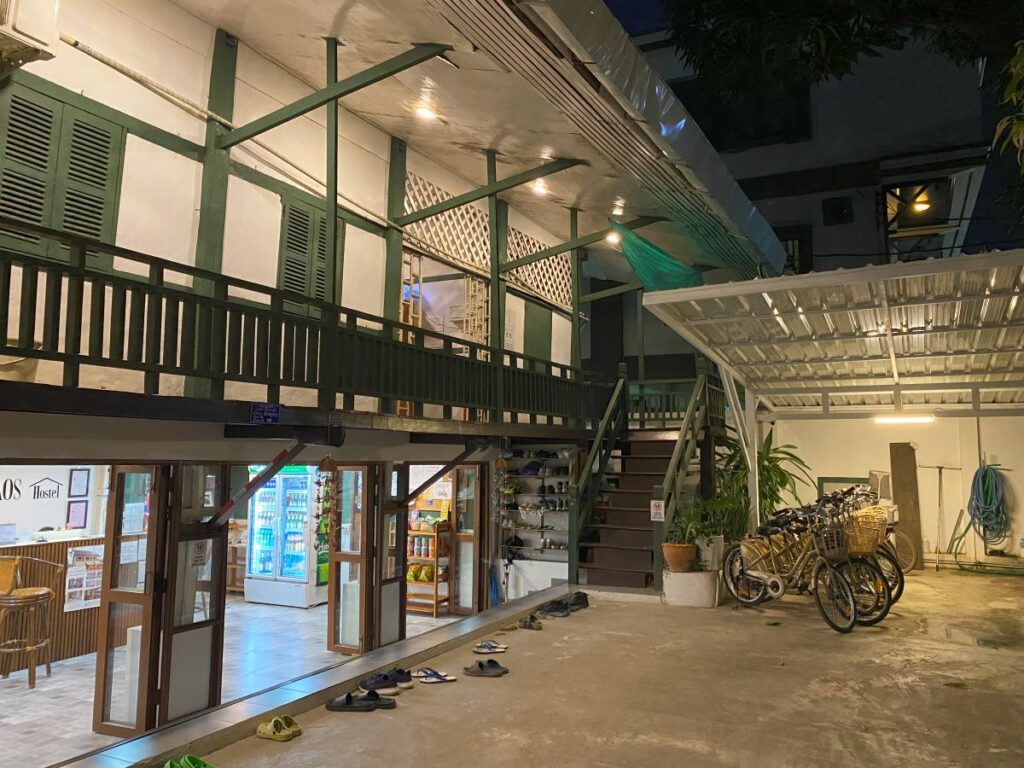
Like hostels everywhere, staff in Southeast Asian hostels tend to be locals but they may have volunteers mixed in who are doing work exchanges. The front desk staff is where you can get the best info for local events and activities, and they can advise you on where to go for the best food as well.
The majority of SEA hostel front desk staff speak English, though levels of comprehension beyond the basics (checking in, checking out, laundry) differ depending on the country. It’s a good idea to have a translation app on your phone if you have a complicated question for staff.
In my experience, front desk staff in Thailand, Vietnam, and Laos hostels all spoke excellent English. (Malaysia and Singapore have English as one of their main languages so they speak it well, too.) Indonesia and Cambodia was a bit hit-or-miss but generally okay. Usually if you can find the hostel owners, they’ll speak the best English of anyone– and they have some excellent stories to tell of their own travels, too!
How to find a good hostel in Southeast Asia
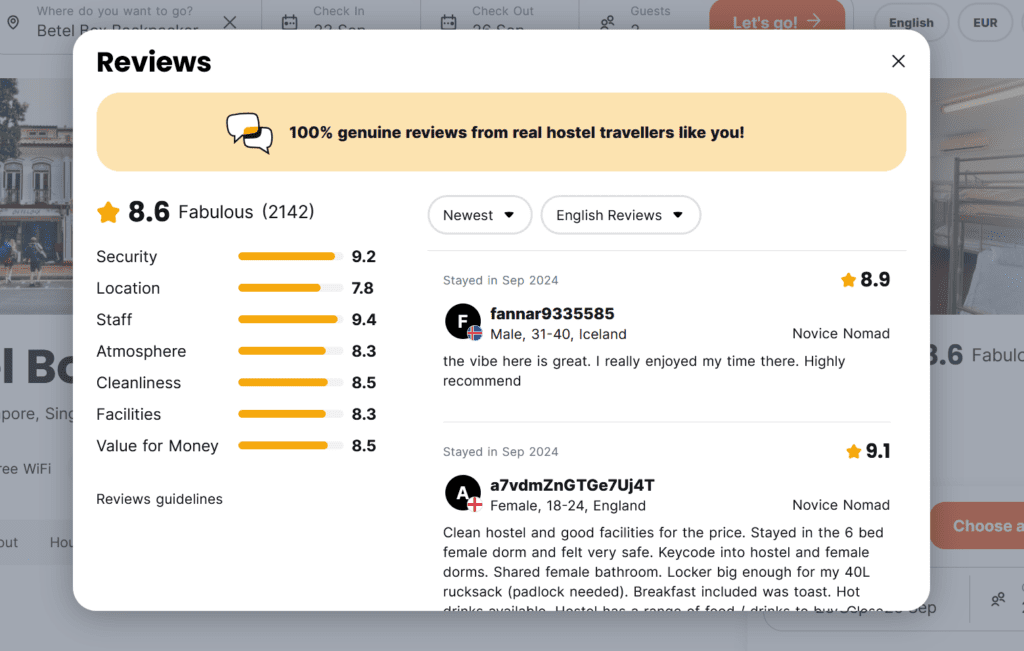
First and foremost: read the reviews!
And honestly, read reviews on more than one platform. I always check Hostelworld reviews and then look on Google Maps– the Google Maps ones tend to be longer and more detailed, so if I really want to know what a hostel is like then that’s a good place to check. Hostelworld reviews are great for getting a quick sense of the hostel, staff and location.
Basically what I do is check on Hostelworld for hostels that look like they might be good for my requirements, and then narrow it down to two or three. Then I’ll go to Google Maps and read the reviews there (and also check the location and see if it’s near the stuff I want, like a grocery store or a bus stop or whatever).
Second thing: check pictures!
Look at the photos on the hostel’s Hostelworld listing. They should have, at the very least, photos of the dorm, the kitchen, the common area, and the outside of the building. If there’s no photos, or only one photo of the outside…I wouldn’t personally book that place. Are they hiding something? Are they so understaffed they can’t even get good photos of their hostel? What’s up??
Other things to check in photos:
- Do the beds have privacy curtains?
- Are there plugs near the beds?
- Does the common area have a big table or sitting space for guests to hang out?
- Does the bathroom look run down? (Sometimes mold is a problem)
- Are there lots of photos of big groups of people? (Usually that’s an indicator for a party hostel)
Third, if you’re really unsure about a place but want to try it out, just book one night and evaluate the rest when you get there. If it’s bad, you can leave right away and only lose one night of money. If it’s nice, then you can extend your stay for longer!
Final Thoughts
Staying in a Southeast Asian hostel is very similar to hostels elsewhere in the world, though there’s some differences because of the region. You’re more likely to get humid bathrooms (maybe with mold), which can be off-putting.
On the plus side, it’s super easy to book tours and bus tickets as most SEA hostels are connected to travel agencies (or ARE travel agencies). Plus most hostels offer some kind of breakfast, with quite a few giving free fresh-cooked pancakes or eggs on their menu.
Southeast Asian hostels are also very affordable, meaning you can save money to use on exciting experiences and tours instead! And they’re also great for meeting people, especially other travelers. Overall, if you’re a backpacker looking to budget on your wanders around Southeast Asia, I highly recommend staying at a hostel.
Save to Pinterest

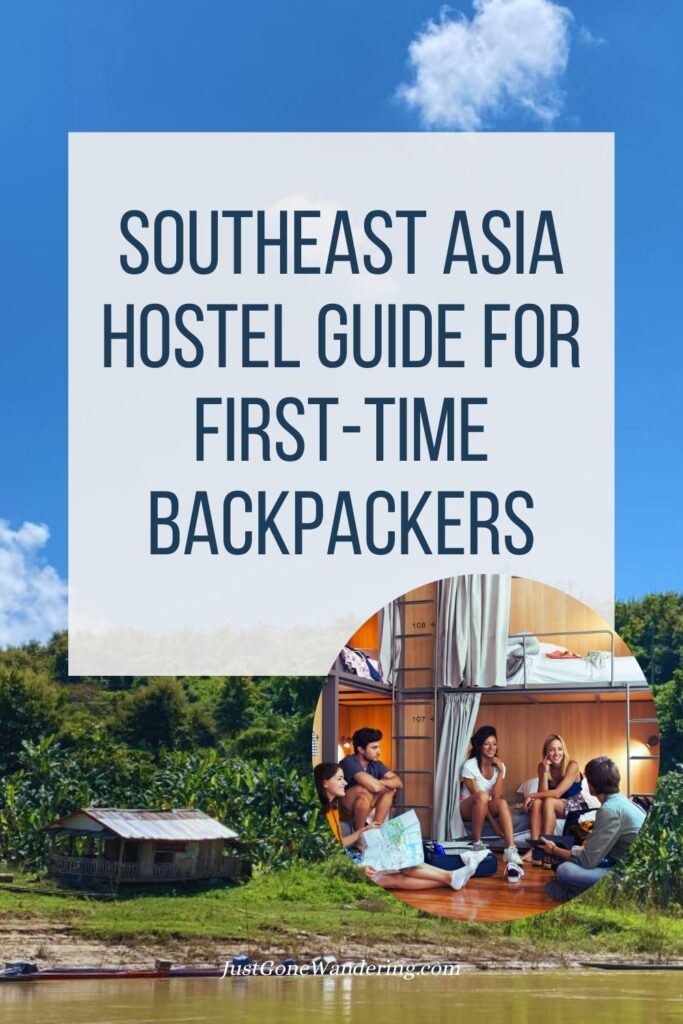
Explore More
Southeast Asia Adventures
- Ultimate Guide to Ha Giang Loop Tours by Motorcycle, Car and Foot
- Taking the Laos Slow Boat to Luang Prabang (2023)
- Three days at the Elephant Conservation Center in Sayaboury, Laos (Review)
- Mt. Bromo, Indonesia Sunrise Tour Review
- From Singapore to Kuala Lumpur by Train (2024 Overland Travel Guide)
Solo Travel & Backpacking
- What’s the Banana Pancake Trail, Anyway?
- 10 months in Asia: Solo female backpacker’s travel budget
- Top 5 Countries for First-Time Solo Travelers to Visit
- Backpack vs. Suitcase for Long-Term Travel
- Traveling Solo? Here’s How to Make Friends On the Road
- Should I Tell People I’m Alone? Answers to Common Solo Female Travel Worries
Best Travel Resources
- 👩💻Stay organized with the Deluxe Travel Planner Spreadsheet
- 🛌Search Hostelworld for budget stays
- ✈️Search SkyScanner for discounted flights around the world
- 😺Join TrustedHousesitters and do petsitting in exchange for accommodation
- 💳Carry Chase Sapphire Preferred for a travel-friendly credit card
- 📱Use Airalo for eSIMs around the world
- 🚙Check DiscoverCars for international car rentals
- 👩💻Snag ExpressVPN to stay safe while browsing the web
- 🧑⚕️Sign up with VisitorsCoverage for trip insurance

